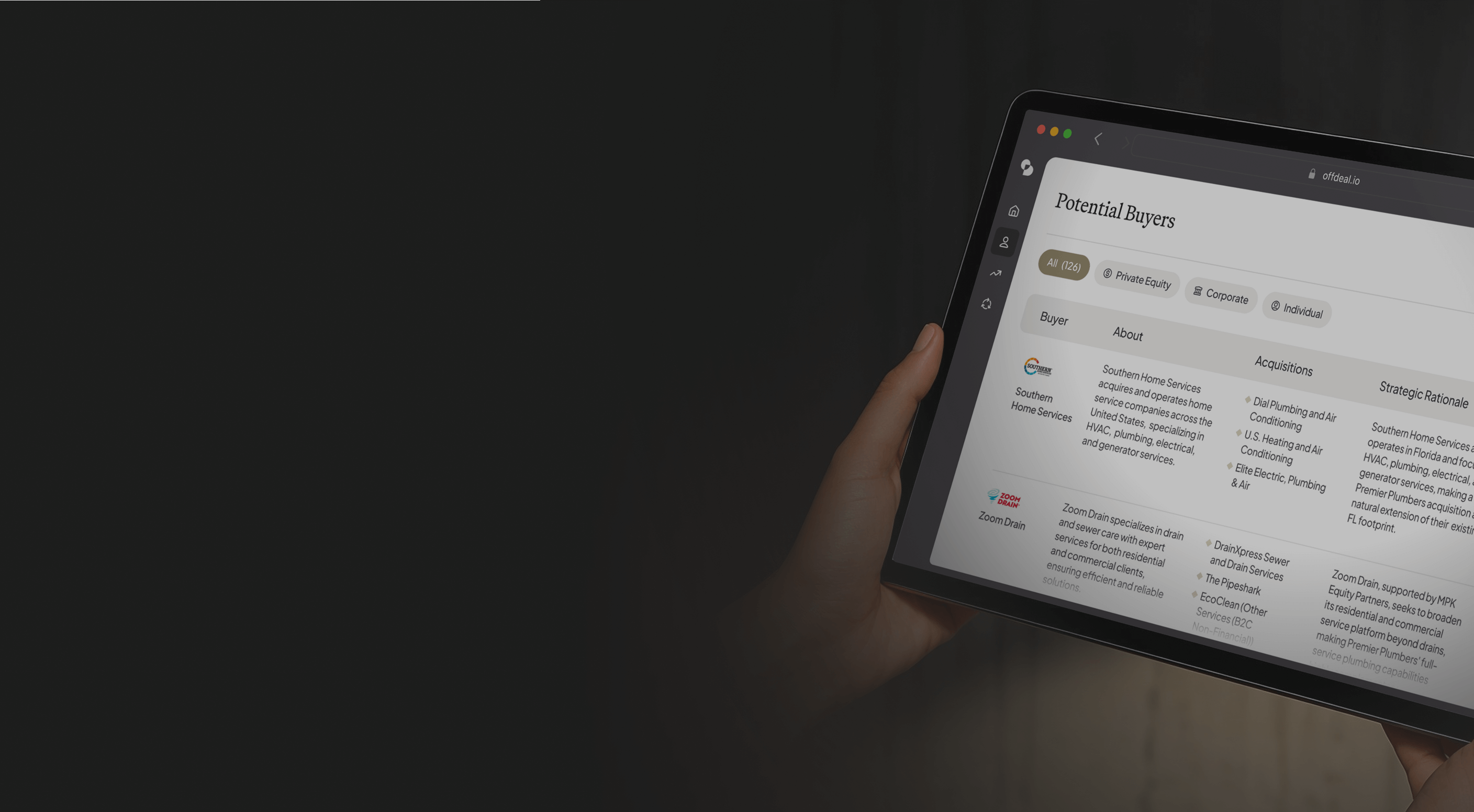Article
April 9, 2025
How Trump's New Tariffs Could Impact Your Auto Repair Shop
Tariffs are changing the auto repair industry—here’s how business owners can prepare and adapt

Table of Contents
Running an auto repair shop successfully isn't easy. You have to master complicated diagnostics, keep up with ever-changing vehicle technology, hire and retain skilled mechanics, handle slim profit margins on parts, and deliver excellent customer service. Even in stable economic conditions, this is already a challenging balancing act. Now, a significant new economic issue is approaching: the Trump administration's "Reciprocal Tariff Policy," enacted in early April 2025.
This policy introduces major new import taxes (tariffs), increasing costs for automotive parts, critical tools, and basic shop supplies. Independent auto repair businesses need to clearly understand this new policy to safeguard their profitability, maintain good customer relationships, and secure their shop’s future.
Ignoring these economic changes could lead to:
Unexpected jumps in parts prices you can't absorb easily.
Shortages or long waits for crucial parts causing repair delays.
Strained relationships with customers due to inaccurate repair estimates.
Difficulty staying competitive in a price-conscious market.
This guide will help you clearly understand:
What the new tariffs mean for auto repair shops.
Which parts and tools could be affected.
Why automotive shops are especially vulnerable.
Ways your shop can prepare now and reduce future risks.
Understanding the "Reciprocal Tariff Policy" & Its Automotive Impact
This policy places extra taxes on many products imported from certain countries, starting in April 2025.
How Tariffs Work (Explained Simply):
Baseline Tariff (April 5, 2025): A general 10% extra tax on imported products (with exceptions for certain countries).
Country-Specific Tariffs (April 9, 2025): Higher tariffs (often far above 10%) are placed on imports from specific countries.
Examples of Tariff Rates Affecting Your Supplies:
| Country/Region | Tariff Rate | Items Commonly Imported |
| China | 34% | Electronics, sensors, engine parts, tools, diagnostic equipment, brake parts |
| European Union (EU) | 20% | OEM parts (especially European makes), specialized tools & chemicals |
| Japan | 24% | OEM parts for Japanese cars, electronic components, specialized tools |
| Vietnam | 46% | Wiring, plastics, fasteners, small assemblies |
| South Korea | 25% | OEM Korean parts, batteries, electronics, infotainment systems |
| Taiwan | 32% | Electronics, chips, sensors, communication parts, lighting components |
| India | 26% | Castings, forgings, rubber components, aftermarket parts |
(These tariffs are added to current duties already in place.)
Important Tariff Exceptions & Details:
Steel/Aluminum: Existing metal tariffs remain separate and don't usually stack, but finished parts from high-tariff countries may see new taxes.
USMCA (Canada & Mexico): Usually exempt if parts qualify under this trade agreement. Verify carefully.
Specific Product Exceptions: Basic electronics might be partially exempt, but many vehicle components won't be.
U.S. Content Rule: If at least 20% of part’s value is U.S.-made, tariffs apply only to imported portion. Documentation will be important.
Small Shipments Rule: Imports worth less than $800 may avoid tariffs, occasionally applicable for small orders.
Why Auto Repair Shops Are Especially at Risk
Auto repair businesses face particular challenges and costs because of their heavy dependence on imported parts and tools.
Global Reliance on Parts:
Mechanical & Electronic Components: Sensors, electronic control units (ECUs), transmissions, brakes, and fuel system parts often come from tariff-affected countries.
Body & Lighting Parts: Many headlights, tail lights, mirrors, and trim pieces come from Asian production centers (especially China and Taiwan).
Aftermarket Parts: Cheaper aftermarket alternatives often originate from countries like China or Vietnam, making them susceptible to high tariff costs.
Dependence on Special Tools & Equipment:
Diagnostic tools, scanners, specialty shop equipment, and various electronics often have global origins, leading to additional tariffs and cost hikes.
Complex Supply Chains:
Most shops don't buy directly from international factories. Instead, your suppliers and distributors source parts internationally, meaning price increases will eventually reach you. Determining exactly how much tariffs will impact specific parts ahead of time is tricky due to these multiple layers of distribution.
Customer Sensitivity & Repair Estimates:
Customers often see car repair as a burdensome expense and are particularly sensitive to price jumps. New tariffs mean your estimates could become inaccurate quickly, hurting customer trust and satisfaction.
How These Tariffs Could Impact Your Shop Directly
Parts costs: Higher prices for most imported parts reduce your profit margins.
Tools & equipment: Be ready for increased prices for essential diagnostic tools and machinery.
Supply delays: Tariffs could lead to shortages, backorders, or longer waits for certain parts.
Estimate and Pricing Pressure: Fluctuating prices make it harder to keep your estimates accurate and remain competitively priced.
Cash flow & Financial Stability: Increased costs demand more working capital and can stress the overall financial health and valuation of your business.
Steps Auto Repair Shop Owners Can Take Now:
You should take immediate practical steps to get ready:
Assess Your Risk:
Identify which parts, brands, and categories you use most.
Contact your suppliers now for price predictions and origin details.
Calculate the Financial Impact:
Estimate possible price increases, and update your pricing and estimating systems immediately.
Explore Other Options Carefully:
Look into alternative suppliers or parts less affected by tariffs.
Always prioritize quality and reliability over small savings, to avoid costly comebacks and repairs.
Update Pricing & Estimates:
Clearly communicate the reason for rising costs to customers.
Shorten how long estimates remain valid (such as limiting quotes to 7–10 days).
Improve Operational Efficiency:
Enhance diagnostic accuracy and workflow to minimize costly mistakes and inventory waste.
Manage your parts inventory wisely to reduce risk.
Stay Well-Informed:
Monitor official government updates, supplier statements, and auto industry news regularly.
Key Points to Remember:
Know your sources: Identify parts' origins to understand tariff exposure.
Quantify financial impact: Update pricing models to protect profitability.
Proactively work with suppliers: Discuss impacts and fixes early.
Be cautious with alternatives: Quality and reliability always matter most.
Communicate openly with customers: Explain why costs rise clearly and early.
Maximize shop efficiency: Accurate diagnostics and smart inventory management reduce strain.
Stay informed: Keep tabs on tariff policy updates and the industry response.
By acting now, you'll protect your shop’s performance, manage your customer's expectations, keep operations running smoothly, and ensure your business remains strong no matter what economic challenges appear. Discussing these strategies with your financial advisors and industry groups can offer additional valuable resources.

Preview Buyers for Free
Try our buyer match tool to receive a personalized list of active buyers in your industry

